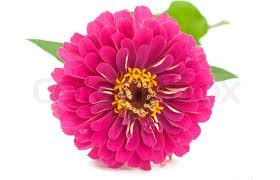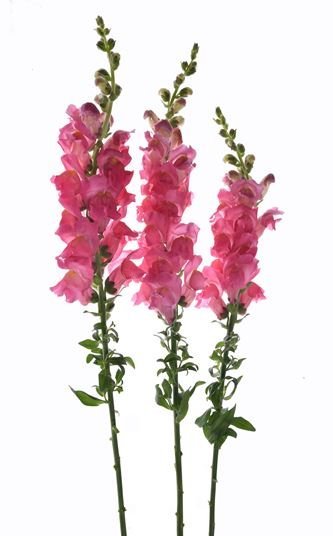Flower Forms

Round Form Flowers
Round heads, such as zinnias, marigolds, and asters, are circular with a circular center. Petals should be the same length, width, shape, and be equally spaced with smooth and even margins. Doubles are round flowers with deep full heads and outer petals that bend slightly backward while the inner petal rows cup forward. In the ideal specimen, all petals in the same row should be uniform in length, width, shape, and spacing. And a flower with its center popping up is penalized.

Spike Form Flowers
Spike flowers, including stocks, snapdragons, and salvia, are evaluated particularly for the number of flowers and buds on a stem. Exhibitors seek to display a maximum number of open flowers usually in the proportion of two-thirds open flowers to one-third developing buds. The flowers should be uniformly colored, sized, and spaced. And one-third of the overall exhibit should be the stem—itself being sturdy and straight to the tip.

Spray Form Flowers
Spray form flowers such as sweetpeas and cosmos, are considered both for their overall general merit and that of the individual florets. General attributes include the number so flowers and buds, branching, grace, and vitality of the of the spray as a whole. Floret attributes include their form and consistency. For more information, click the Division button below to learn more about the principles and elements of design on the Your Artistic Eye page of this app.